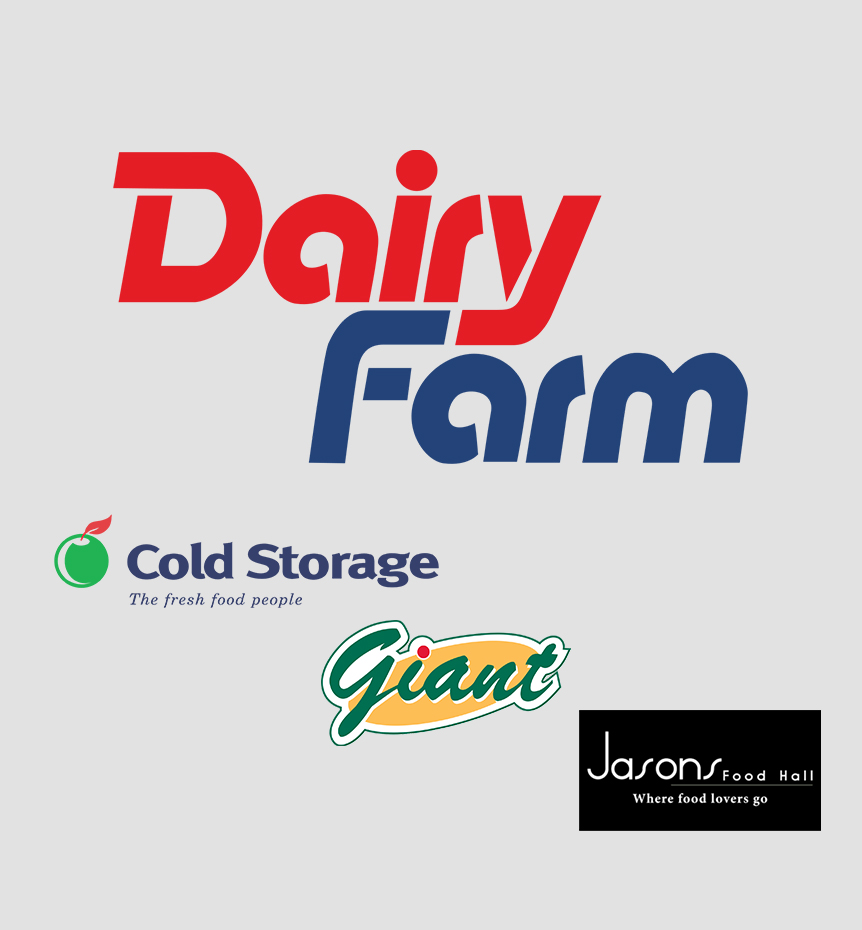
食品安全风险和动物残忍
令人震惊的调查 : 关于牛奶国际肮脏且潜在食品安全风险的鸡蛋供应链
您在Giant、Cold Storage或Jasons Food Hall购物吗? 如果是,您可能要再想一想。 一项令人震惊的调查关于拥有这三间公司的牛奶国际想要隐瞒该公司持续贩售来自肮脏、残忍且高食品风险的笼饲鸡蛋给消费者。
马来西亚针对多家乳制场的鸡蛋供应商进行一系列的调查,发现粪便和污垢沾满鸡蛋的笼子栏,粪便堆积在离鸡蛋和母鸡本身仅几英寸远的地方,母鸡几乎一生都挤在很小的笼子里,非常残忍,在世界上许多国家都是非法的,且死去的母鸡尸体在下蛋供人食用的母鸡旁边被分解。
尽管数十家具领导性的食品公司已承诺在马来西亚仅使用放养鸡蛋,包括特易购、Subway和星巴克等,却没有牛奶国际,它继续贩售肮脏残忍的笼饲鸡蛋给马来西亚消费者。
是时候让牛奶国际停止让消费者的安全受到威胁,且不再支持严重虐待动物的方式。是牛奶国际赶上同行,并承诺最迟于2025年前在马来西亚仅贩售放养鸡蛋。
请在请愿书上签名!
牛奶国际:我们不再去您那购物,包括Giant、Cold Storage或Jasons Food Hall,直到您赶上其他具领导性的食品公司,并承诺停止在马来西亚贩售肮脏、残忍的笼饲鸡蛋,现在是牛奶国际使用100%放养鸡蛋的时候!

笼饲鸡蛋的食物安全风险
数十份食品安全科学研究一致发现笼饲蛋场感染沙门氏菌明显较高。欧洲食品安全局(European Food Safety Authority)在针对此议题进行有史以来最大规模的研究,分析来自5000座牧场的资料,发现笼饲农场感染沙门氏菌的可能性比起放养农场高出25倍。 (1, 2, 3, 4, 5, 6, 7, 8, 9, 10, 11, 12, 13, 14, 15, 16, 17)
将母鸡限制在笼子中会增加食品安全风险的原因很多,美国农业部表示将母鸡终身关在笼子所产生的压力,使其更容易患病,且笼子特别难以清洁和消毒,导致笼子上有「大量粪便和灰尘的污染」 (18, 19, 20, 21, 22, 23)
籠飼雞蛋是殘忍的
就像狗和猫一样,鸡是聪明的,是个会感到快乐和痛苦的聪明个体,限制动物一生在狭小几乎无法转身的空间是错误的。(24)(24)
笼饲系统对动物太残忍以至于数十个国家是禁止使用的,世界上每一个主流动物保护组织都谴责将产蛋母鸡限制在笼子里是残忍且不人道的。(25, 26, 27)
这里有几个组织的说法:

「笼饲系统被认为是限制动物行为最残忍的方式之一,且对食品没有安全保障。」
雪蘭莪防止虐待動物協會

「关在笼里饲养的母鸡更容易受到压力和伤害,且沙门氏菌感染的风险提高」
世界動物保護協會

「对母鸡这种聪明、活跃的动物来说,关在如此小的笼子,几乎一生不能移动一英寸是不人道的」
國際人道組織
我們引用的是這些組織過去已公開發佈的內容,這些組織與此網站或與特定廣告系列無關

层架鸡笼
牛奶国际持续供应消费者肮脏残忍的笼饲鸡蛋

肮脏
Giant、Cold Storage和Jasons Food Hall的鸡蛋供应商里,死鸡在仍有生命力的母鸡旁边腐烂

残忍
每一只母鸡几乎终身关在非常小的笼子里,几乎无法活动
文档和引文
可从此处下载高品质的影片和照片,网站上所有影片和照片都是公开的,任何人(包括媒体)都可以免费下载和使用。
影片和照片分别在SHH Poultry Farm(其鸡蛋以商标A1 King在Cold Storage贩售)和LTKM Berhad(其鸡蛋在Giant、Cold Storage和Jasons Food Hall贩售)拍摄。可从此处找到该影片是在SHH Poultry Farm和LTKM Berhad拍摄的证据,以及这两间公司供应鸡蛋给牛奶国际的文档。
Equitas是总部位于英国的全球非营利组织,致力于全球食品供应链中的消费者保护和动物福利。
以下是针对食品安全和动物虐待部分做讨论的科学研究引文
1: Van Hoorebeke S, Van Immerseel F, Schulz J, et al. 2010. Determination of the within and between flock prevalence and identification of risk factors for Salmonella infections in laying hen flocks housed in conventional and alternative systems. Preventive Veterinary Medicine 94(1-2):94-100.
2: Snow LC, Davies RH, Christiansen KH, et al. 2010. Investigation of risk factors for Salmonella on commercial egg-laying farms in Great Britain, 2004-2005. Veterinary Record 166(19):579-86.
3: 2010. Annual Report on Zoonoses in Denmark 2009. National Food Institute, Technical University of Denmark.
4: Van Hoorebeke S, Van Immerseel F, De Vylder J et al. 2010. The age of production system and previous Salmonella infections on farm are risk factors for low-level Salmonella infections in laying hen flocks. Poultry Science 89:1315-1319.
5: Huneau-Salaün A, Chemaly M, Le Bouquin S, et al. 2009. Risk factors for Salmonella enterica subsp. Enteric contamination in 5 French laying hen flocks at the end of the laying period. Preventative Veterinary Medicine 89:51-8.
6: Green AR, Wesley I, Trampel DW, et al. 2009 Air quality and bird health status in three types of commercial egg layer houses. Journal of Applied Poultry Research 18:605-621.
7: Schulz J, Luecking G, Dewulf J, Hartung J. 2009. Prevalence of Salmonella in German battery cages and alternative housing systems. 14th International congress of the International Society for Animal Hygiene: Sustainable animal husbandry : prevention is better than cure. pp. 699-702. http://www.safehouse-project.eu/vars/fichiers/pub_defaut/Schulz_Salmonella_ISAH%202009.ppt.
8: Namata H, Méroc E, Aerts M, et al. 2008. Salmonella in Belgian laying hens: an identification of risk factors. Preventive Veterinary Medicine 83(3-4):323-36.
9: Mahé A, Bougeard S, Huneau-Salaün A, et al. 2008. Bayesian estimation of flock-level sensitivity of detection of Salmonella spp. Enteritidis and Typhimurium according to the sampling procedure in French laying-hen houses. Preventive Veterinary Medicine 84(1-2):11-26.
10: Pieskus J, et al. 2008. Salmonella incidence in broiler and laying hens with the different housing systems. Journal of Poultry Science 45:227-231.
11: European Food Safety Authority. 2007. Report of the Task Force on Zoonoses Data Collection on the Analysis of the baseline study on the prevalence of Salmonella in holdings of laying hen flocks of Gallus gallus. The EFSA Journal 97. www.efsa.europa.eu/EFSA/efsa_locale-1178620753812_1178620761896.htm.
12: Snow LC, Davies RH, Christiansen KH, et al. 2007. Survey of the prevalence of Salmonella species on commercial laying farms in the United Kingdom. The Veterinary Record 161(14):471-6.
13: Methner U, Diller R, Reiche R, and Böhland K. 2006. [Occurence of salmonellae in laying hens in different housing systems and inferences for control]. Berliner und Münchener tierärztliche Wochenschrift 119(11-12):467-73.
14: Much P, Österreicher E, Lassnig. H. 2007. Results of the EU-wide Baseline Study on the Prevalence of Salmonella spp. in Holdings of Laying Hens in Austria. Archiv für Lebensmittelhygiene 58:225-229.
15: Stepien-Pysniak D. 2010. Occurrence of Gram-negative bacteria in hens’ eggs depending on their source and storage conditions. Polish Journal of Veterinary Sciences 13(3):507-13.
16: Humane Society International, “An HSI Report: Food Safety and Cage Egg Production” (2010). HSI Reports: Farm Animal Protection. 3. http://animalstudiesrepository.org/hsi_reps_fap/3
17: European Food Safety Authority. 2007. Report of the Task Force on Zoonoses Data Collection on the Analysis of the baseline study on the prevalence of Salmonella in holdings of laying hen flocks of Gallus gallus. The EFSA Journal 97. www.efsa.europa.eu/EFSA/efsa_locale-1178620753812_1178620761896.htm
18: The Danish Veterinary and Food Administration. 2004. The national Salmonella control programme for the production of table eggs and broilers 1996-2002. Fødevare Rapport 6, March.
19: Davies R and Breslin M. 2003. Observations on Salmonella contamination of commercial laying farms before and after cleaning and disinfection. The Veterinary Record 152(10):283-7.
20: Methner U, Rabsch W, Reissbrodt R, and Williams PH. 2008. Effect of norepinephrine on colonisation and systemic spread of Salmonella enterica in infected animals: Role of catecholate siderophore precursors and degradation products. International Journal of Medical Microbiology 298(5-6):429-39.
21: Bailey MT, Karaszewski JW, Lubach GR, Coe CL, and Lyte M. 1999. In vivo adaptation of attenuated Salmonella Typhimurium results in increased growth upon exposure to norepinephrine. Physiology and Behavior 67(3):359-64.
22: Shini S, Kaiser P, Shini A, and Bryden WL. 2008. Biological response of chickens (Gallus gallus domesticus) induced by corticosterone and a bacterial endotoxin. Comparative Biochemistry and Physiology. Part B. 149(2):324-33.
23: Rostagno MH. 2009. Can stress in farm animals increase food safety risk? Foodborne Pathogens and Disease 6(7):767-76.
24: Marino, L. 2017. Thinking chickens: a review of cognition, emotion, and behavior in the domestic chicken. Animal Cognition 20(2): 127–147.
25: “European_Union_Council_Directive_1999/74/EC.” Wikipedia: The Free Encyclopedia. Wikimedia Foundation, Inc. Web 03 August 2018, en.wikipedia.org/wiki/European_Union_Council_Directive_1999/74/EC
26: “Farm Animal Confinement Bans.” American Society for the Prevention of Cruelty to Animals. Web. 03 August 2018, www.aspca.org/animal-protection/public-policy/farm-animal-confinement-bans
27: World Organization for Animal Health, “Terrestrial Animal Health Code” (2017). www.rr-africa.oie.int/docspdf/en/Codes/en_csat-vol1.pdf


